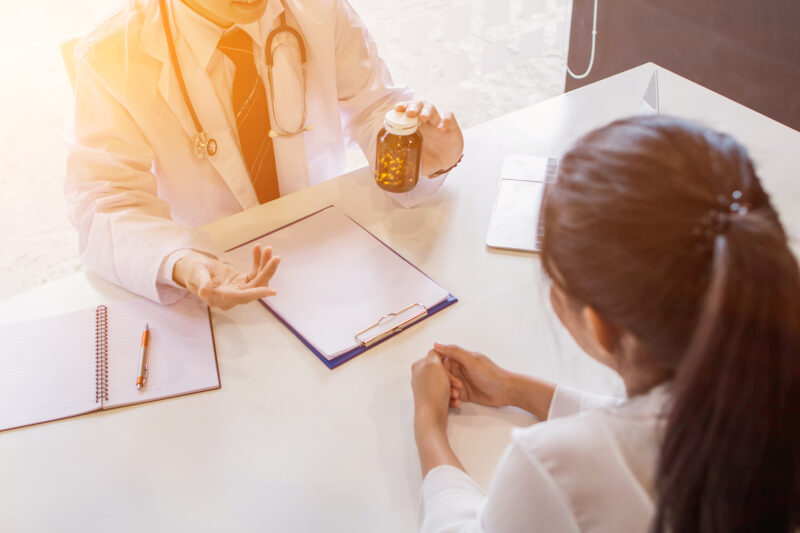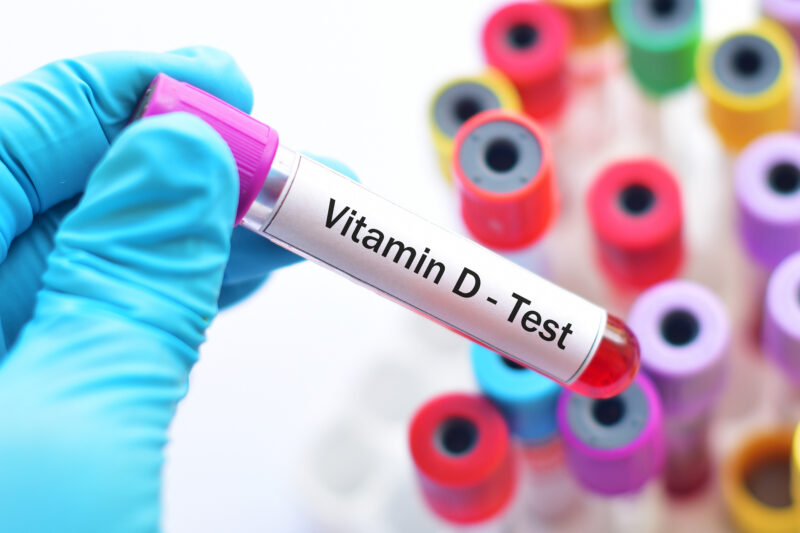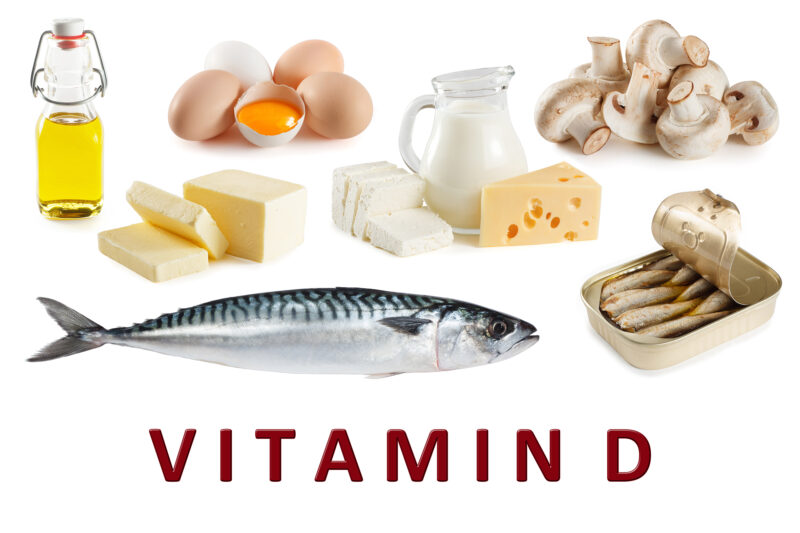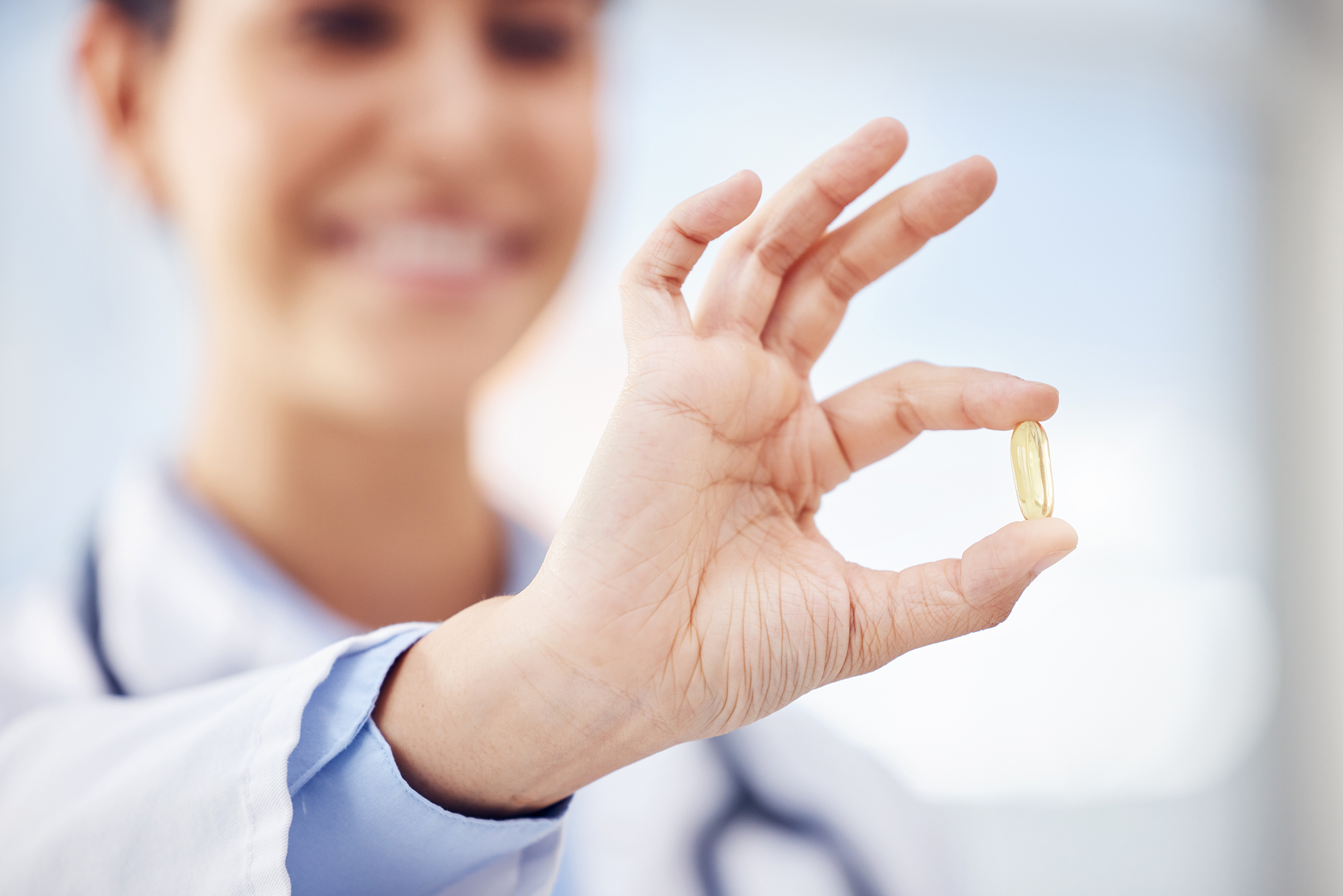As we work in air conditioned environments and rarely get exposure to the sun, our bodies develop a deficiency of Vitamin D. Add to it a sedentary lifestyle and you are a sitting duck for bone-related ailments. Meri Saheli tells you how to get your daily dose of sunshine.
The ‘sunshine’ vitamin D has gained much importance in recent years. It is estimated that 80 per cent of Indians are vitamin D deficient. And yet people are not aware of the vitamin deficiency and its consequences. Did you know that if you shun the sun, are allergic to milk or a strict vegetarian, you may end up with vitamin D deficiency?
Vitamin D helps use the calcium from our diet to build strong bones. Earlier, it was associated with rickets, a disease that led to soft bones and skeletal deformities in children. But, today, research reveals that it protects you against a myriad of health problems. What can vitamin D deficiency lead to? How much of vitamin D do you really need? Where can you get vitamin D from? Read along to know the answers to these common questions.

Vitamin D know how
Vitamin D is a fat-soluble vitamin that is stored in the fat cells to be used when needed. It comes in two forms namely D2 and D3. The D2 form, also known as ergocalciferol, can be had from fortified foods, plant foods and supplements. The D3 form or cholecalciferol comes from fortified foods, animal foods such as fish, egg and liver. Your body can make vitamin D3 when your skin gets exposed to the ultraviolet (UV) radiation from the sun. The vitamin is present in its inactive form in blood. And your kidneys activate its functioning. Your body uses vitamin D for calcium metabolism and remodelling of bones.

Take the test
Today, deficiency of vitamin D and its implications have come to light because of the easy availability of diagnostic tests. You may not be aware of the vitamin deficiency in your body unless you get yourself checked. The most accurate way to measure how much vitamin D is present in your body is the 25-hydroxy vitamin D blood test. A level of 20 anograms/millilitre to 50ng/ml is considered adequate for healthy people. Above 50 ng/ml of vitamin D in your body can have potential adverse effects; so do not overdo it. A level less than 20 ng/ml indicates vitamin D deficiency requiring treatment. Your doctor will be the best person to advise you on this.
Are you vitamin D deficient?
If you are over 65, pregnant or breast-feeding you may be at a risk of vitamin D deficiency. Studies suggest that deficiency of vitamin D in pregnant mothers can result in abnormal foetal growth and gestational (during pregnancy) diabetes. Children aged six months to five years are also thought to be more at risk. There are no definite signs and symptoms of vitamin D deficiency. Yet if you have bone pain, back pain, unexplained muscle pain and weakness, general fatigue, you may be vitamin D deficient.
Reasons why the deficiency occurs
• You do not consume the recommended amount of vitamin D. This happens if you are a strict vegetarian.
• Application of sunscreen lotions, staying indoors, clothing habits, pollution and minimal exposure to direct sunlight are the major reasons of vitamin D deficiency. You step out of the house, get into your car, reach your office building and work in an air-conditioned environment that has closed doors and windows. Your exposure to sunlight is limited. Remember, your body makes vitamin D only when your skin is exposed to sunlight.
• If you are dark-skinned, the pigment melanin in your skin reduces the ability to make vitamin D in presence of sunlight. Dark-skinned people are more at a risk of vitamin D deficiency.
• Medical problems such as cystic fibrosis, Crohn’s disease, etc. can influence your digestive tract’s ability to absorb vitamin D from the food that you eat.
• With age, your kidneys may not be able to convert vitamin D to its active form thus causing a deficiency.
• Obesity can cause vitamin D deficiency. If you have a body mass index of 30 or greater, you may be vitamin D deficient.
Deficiency problems
Calcium absorption in the body gets hampered without sufficient vitamin D resulting in weak bones and increased risk of fractures. Vitamin D deficiency has been associated with diseases such as osteoarthritis, osteomalacia, in which loss of calcium and protein from bones occurs due to insufficient vitamin D, kidney disease, respiratory problems such as asthma, diabetes, gastrointestinal problems, cardiovascular disease, immunity and auto immune diseases, TB, high blood pressure, neuro-muscular function, cognitive issues, etc. Vitamin D is also linked to multiple sclerosis, cancer, obesity and ageing.
How much is enough?
If you have been diagnosed with vitamin deficiency, your doctor may advise you to take supplements. Vitamin D is mostly included in multivitamins usually from 50 IU (International Units) to 1,000 IU available as soft gels, tablets, capsules or liquids. According to the Institute of Medicine (IOM), National Academy of Sciences, US, the recommended dietary allowance (RDA) based on the evidence of bone health and limited sun exposure is 10 micrograms or 400 IU/day for infants, 15 micrograms or 600 IU/day for children and adults, 20 micrograms or 800 IU/day for over 70 years of age and 600 IU/day for pregnant and lactating women. Now, to meet these levels you need to choose foods that are rich in vitamin D and go outside and soak up sunshine to increase your vitamin D levels.

Natural ways to get vitamin D
• Include fortified foods including skimmed milk, juices, breakfast cereals, etc. in your diet. Other sources of vitamin D are eggs, liver, shiitake mushrooms, fish–salmon, tuna, trout, mackerel, sardines, catfish, fish liver oils, cod liver oil, goat’s milk, yoghurt. Butter, cream, pure ghee, egg yolks are also good sources but you do not want to overdo it as it is not healthy to consume these in excess.
• Experts recommend at least 10-15 minutes of exposure to sunlight for at least two to three times a week before 10am in the morning, when the sun is at its mildest. If you are fair, you can make enough vitamin D, but for a dark-skinned person, it takes more time to make vitamin D because melanin, the skin pigment filters out UV rays.
• For better absorption of vitamin D, reduce the intake of sugar, caffeine and alcohol.
• Include healthy fat such as that available in nuts, seeds such as sunflower, flaxseed and seed oils, olives, milk, etc. for better absorption of vitamin D.
• Lifestyle changes and dietary changes can help you achieve normal levels of vitamin D.


